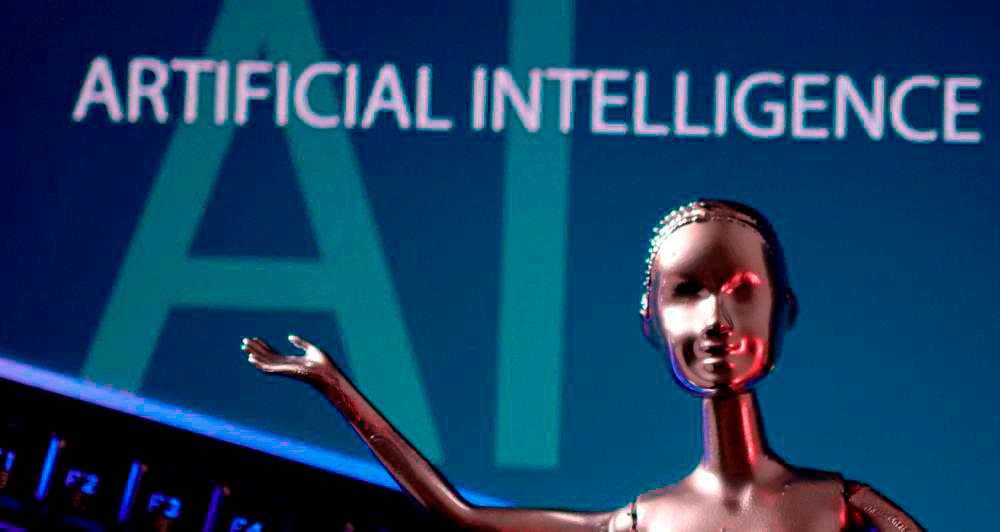PETALING JAYA: Advertisers have been told to be careful when using artificial intelligence (AI) in graphic design, and ensure human intervention and oversight for the final work to avoid significant technical errors.
Malaysian Animation Educators Association president Assoc Prof Ahamad Tarmizi Azizan said while using AI entirely for a project could produce professional-looking designs, the cultural contexts could be lost through significant technical errors.
“An AI-generated digital billboard commissioned by the Brickfields police headquarters in conjunction with the Merdeka month celebrations was circulated online and sparked controversy recently as it featured three Petronas Twin Towers instead of two.”
He was commenting on the billboard in Desa Sri Hartamas, Kuala Lumpur that mistakenly depicted the Petronas Twin Towers with three instead of two towers, causing the advertising agency to immediately remove it after it was spotted by sharp-eyed Malaysians.
Ahamad Tarmizi said advertisers must follow guidelines and ethical considerations when using AI in graphic design, and include human intervention in the quality control process to ensure accuracy, authenticity and contextual appropriateness
“The precision in producing any artwork depends not only on AI technology but also on human oversight.
“Graphic designers should prioritise quality control before disseminating information.
“Failure to adhere to these aspects can result in outcomes that are irrelevant or out of context,” he said.
Lembah Jaya state assemblyman Syed Ahmad Syed Abdul Rahman Alhadad, known as “Altimet”, has called on government bodies to stop using AI to design official posters.
“We have many local graphic designers whose talents should not be wasted,” he said.
The Petronas digital billboard also caused confusion and received criticism from Malaysians.
A Facebook comment by Adib Mazlee said the Merdeka month is a time to showcase patriotism, so “more efforts should have been made when producing the billboard”.
Ahamad Tarmizi, who is also the founder and former president of the Asian Southeast Digital Art Association, said from an artistic standpoint, the depiction of three towers can be seen as a creative interpretation or an abstract representation.
“However, being in the public domain, and especially involving a national symbol like the Petronas twin towers, could lead to confusion or be perceived as poor attention to detail.
“It becomes an ethical dilemma because the public may not have the same understanding or appreciation for artistic creativity, leading to potential misinterpretation.”
He said while it may not be illegal, it does raise questions about the responsibility to correctly represent iconic landmarks in official communications.
“AI still lacks the intrinsic qualities of human intuition, emotional intelligence, and the ability to comprehend context in the same way a human does. Feelings, intuition, and the capacity to adapt to changing circumstances are elements deeply rooted in human experience and consciousness, which AI cannot fully replicate or change.”
He said compared with human creativity, originality and artistic value, AI-generated designs tend to repeat patterns or styles learned from existing data, and this results in less original work.
In contrast, human designers bring personal touches, intuition, and a deep understanding of art that contributes to the uniqueness and artistic value of designs.
“Creativity involves critical thinking and subjective judgment, which are still challenging for AI to replicate.”









